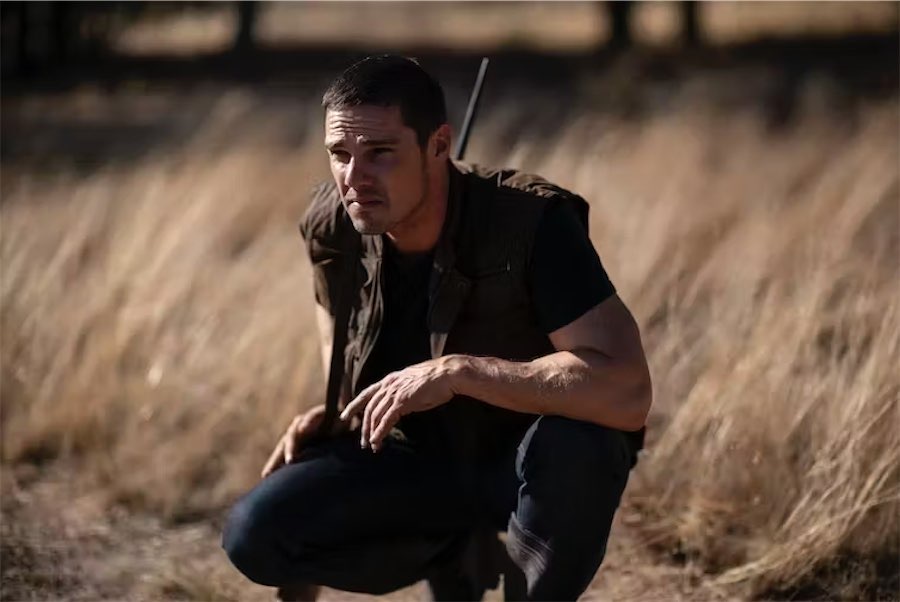
Canberra author Chris Hammer’s thriller ‘Scrublands’ has been produced as a new TV series. STEPHEN GAUNSON says it’s not a whodunit but a ‘howcatchem’, a new suspenseful Aussie inversion of the genre.
IN 2020, Australian streaming platform Stan announced its endeavour to produce 30 original series filmed in Australia over the next five years.
A particular focus of the network is crime productions.
Canberra author Chris Hammer’s “Scrublands” is just the latest, joining “Black Snow” (2023) and “The Tourist” (2023), in addition to remaking the popular Australian feature films “Wolf Creek” (2016) and “Romper Stomper” (2018).
“Scrublands” is also on familiar ground, joining several other adaptations of small-town Australian crime novels such as Peter Temple’s “Broken Shore” (written in 2005 and adapted in 2013) and Jane Harper’s “The Dry” (written in 2016 and adapted in 2020).
In his original novel, Chris Hammer masterfully presents an epic tale of a dying town. He meticulously details its struggles where the op-shop opens only twice a week, the hotel shuts down and the Black Dog Motel is the sole accommodation, with a strict “no animals allowed” policy.
With a backdrop rooted in the author’s non-fiction work on the Murray-Darling Basin – “The River” (2010), “The Coast” (2012) – Hammer weaves a crime novel that peels back the layers of fictitious Riversend, a NSW town grappling with economic decline, drought and the trauma of a devastating massacre just 12 months earlier.
As with the novel, this horrific and inexplicable traumatic act is where Greg Mclean’s gripping series begins.
Secrets and suspicion
In the town’s country church, Father Byron Swift (Jay Ryan), donned in white and purple robes, unexpectedly emerges with a rifle in hand. He commits a shocking act by opening fire on parishioners, resulting in the deaths of five men.
The clergyman is subsequently shot in self-defence by the local police officer, Robbie Haus-Jones (Adam Zwar), setting the stage for the unfolding saga of “Scrublands”.
It is a town full of secrets and suspicion of outsiders. The series follows burnt-out journalist Martin Scarsden (Luke Arnold) arriving 12 months later with a seemingly simple mission: to craft a human interest narrative on the aftermath of the mass shooting. His Sydney-based editor (Nicholas Bell) urges him to investigate how Riversend is faring one year after the horrific act.
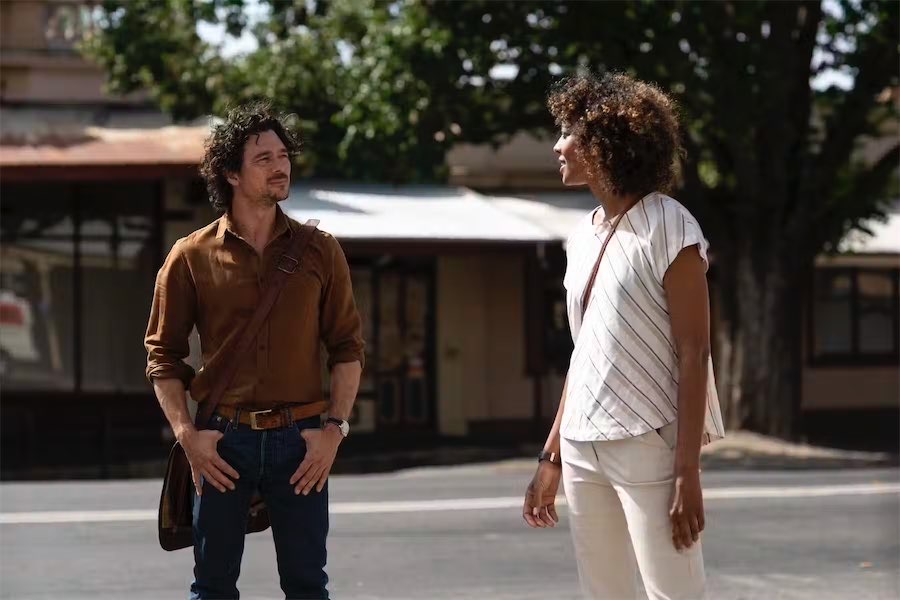
Photo: Sarah Enticknap
The suspenseful narrative unfolds gradually across each episode, exposing the town’s hidden truths and pulling Scarsden deeper into the web of lies and secrets that have come to define this drought-stricken town.
All of the performances are strong, but Bella Heathcote who plays the grieving Mandy Bond is the standout.
As the audience is literally shown whodunit in this opening scene – replayed from different perspectives across the series – it is not a whodunit as much as a “howcatchem”.
A howcatchem is a crime narrative where the commission of the crime is shown or described at the beginning, usually including the identity of the perpetrator. The case then follows as the detective begins a hunt to restore the moral world by bringing justice to the community.
“Scrublands” offers a variation to this howcatchem sub-genre. The perpetrator is not at large but dead. The why of his violence, however, remains unsatisfactorily unanswered – and Scarsden intends to find out.
An immersive story
Further variations to the expected crime narrative continue with the victims being grown men rather than young women. Was the priest killing at random? Were his victims a calculated selection?
As Scarsden navigates the intricacies of Riversend, director McLean offers an expansive portrayal of the town. This gives viewers time to immerse themselves in the environment and multifaceted characters.
The story unfolds with a deliberate steady pace, allowing McLean to continue his interest in rural landscape stories (“Wolf Creek”, “Rogue”) where he has more recently branched beyond just Australia through international co-productions including “Jungle” (2017), set in the Amazon rainforest, and “The Darkness” (2016) about a family that visits the Grand Canyon.

The show is most successful through its links to rural crime noir with the emphasis on pulling apart the vulnerability and deception of this small town. All of these somewhat innocent characters are complicit in the criminality that was allowed to corrupt the town.
“Scrublands” is produced by Easy Tiger, the company behind adapting the Peter Temple “Jack Irish” novels for the ABC. Similarly, this is a detective story about a non-law-enforcement protagonist who has to rely on his own instincts rather than police intel.
Besides, the police here are just as suspicious as the crims being pursued.
The series builds at a nice tempo before the truth is finally revealed. Secrets are exposed, but nobody is less traumatised by the conclusion – including journalist Scarsden, whose own haunted past is equally exposed.
Hammer’s second novel, featuring the same protagonist, was the more impressive “Silver” (2019). There is another ready-made source work if “Scrublands” is renewed for a second series.
“Scrublands” is on Stan from Thursday.![]()
Stephen Gaunson, Senior Lecturer in Cinema Studies, RMIT University. This article is republished from The Conversation.
Who can be trusted?
In a world of spin and confusion, there’s never been a more important time to support independent journalism in Canberra.
If you trust our work online and want to enforce the power of independent voices, I invite you to make a small contribution.
Every dollar of support is invested back into our journalism to help keep citynews.com.au strong and free.
Thank you,
Ian Meikle, editor

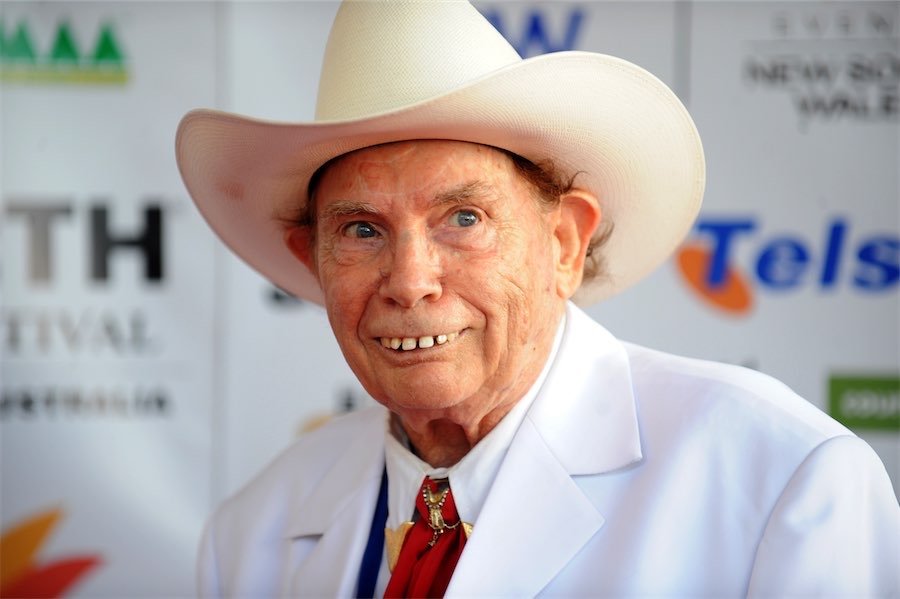
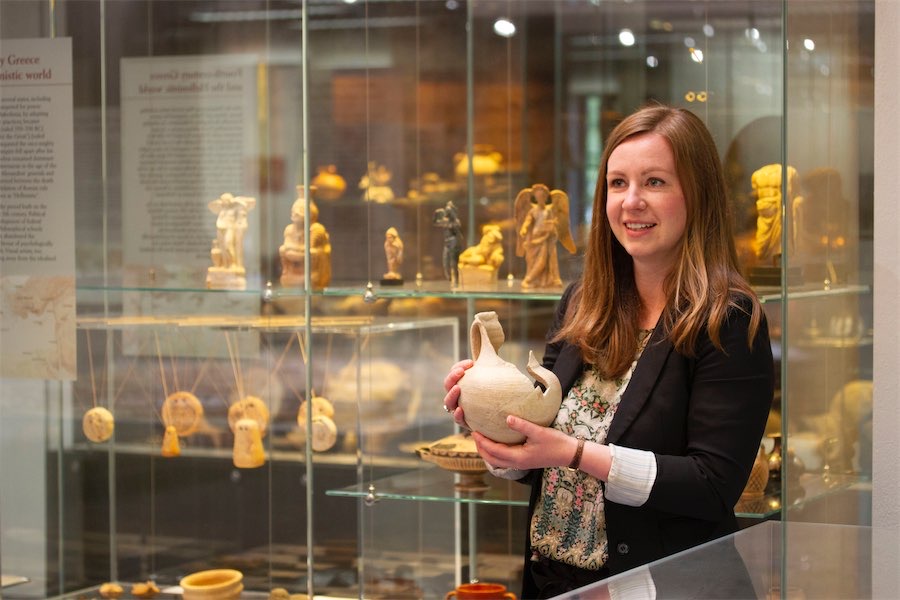
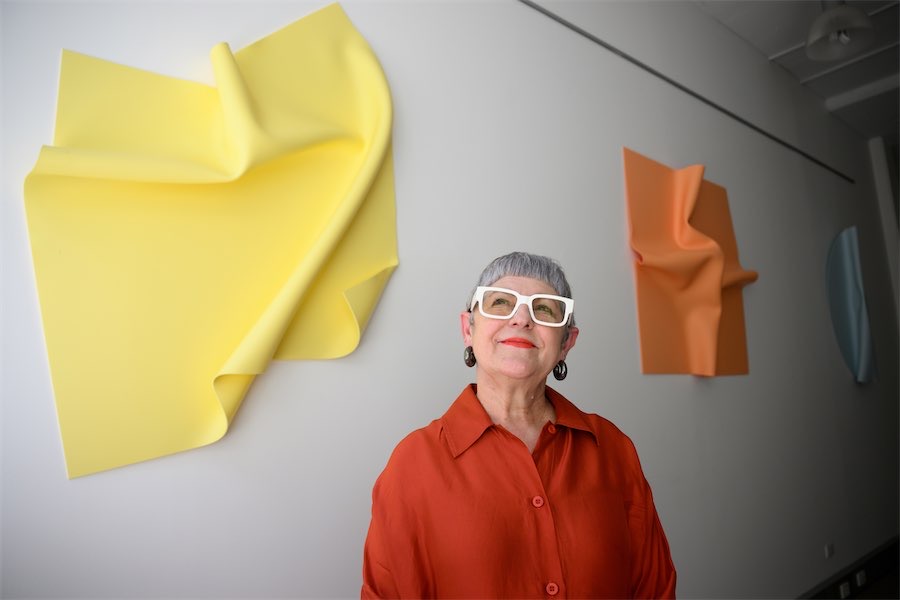

Leave a Reply